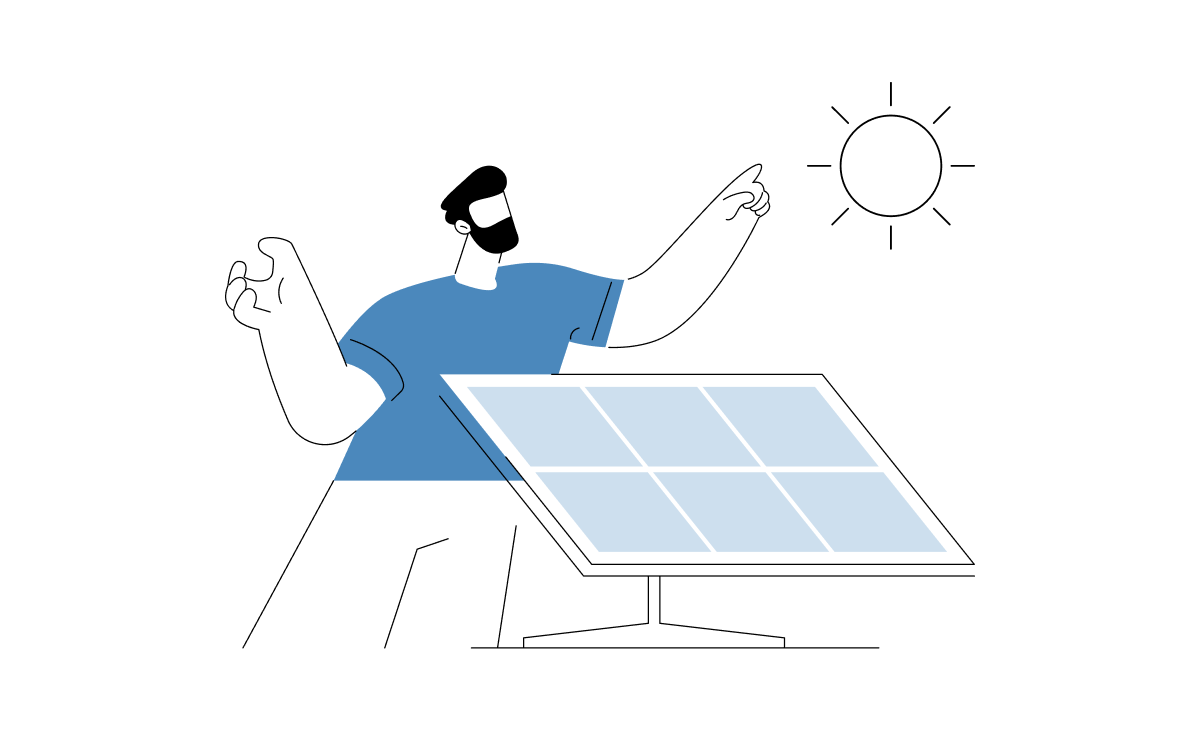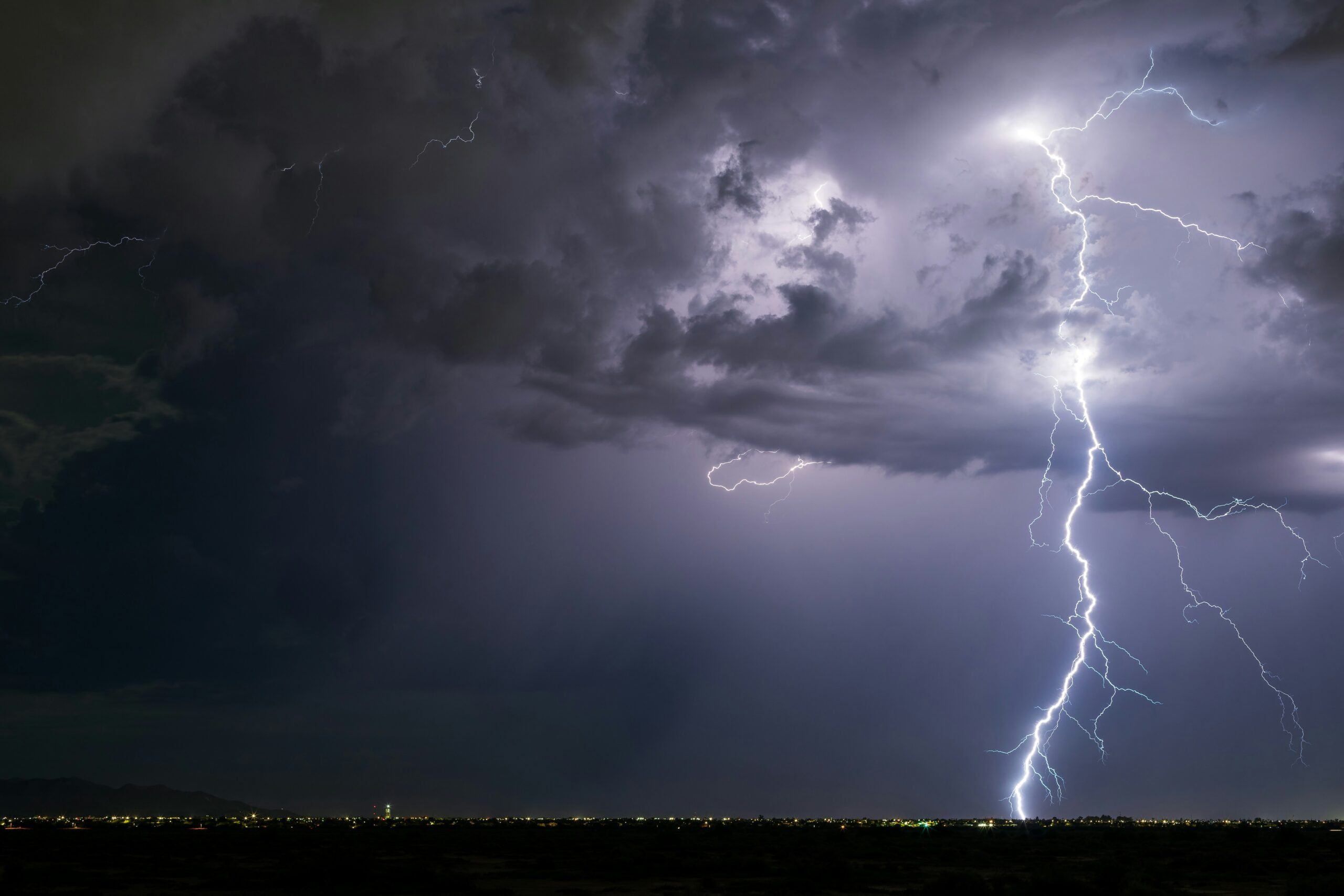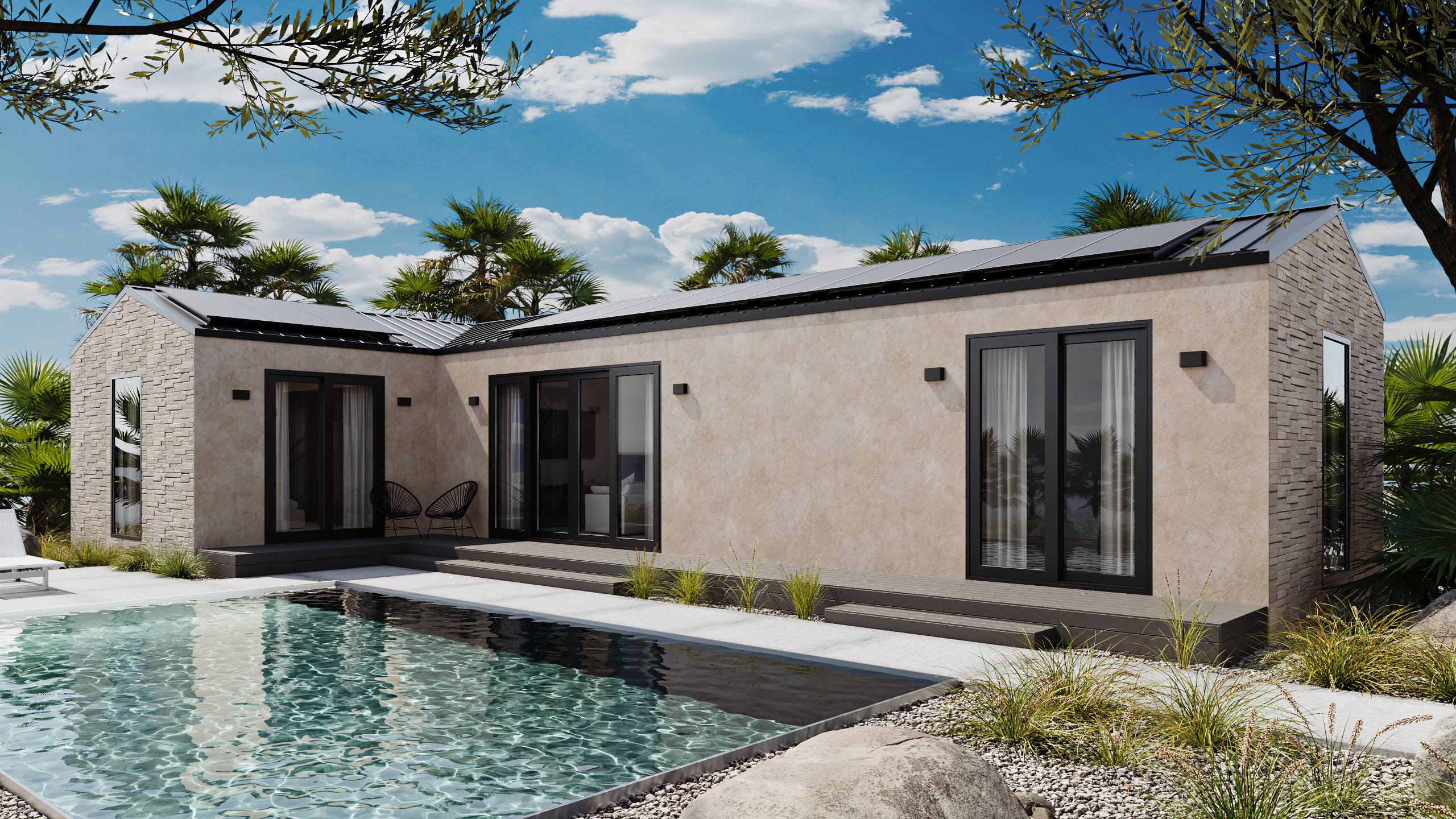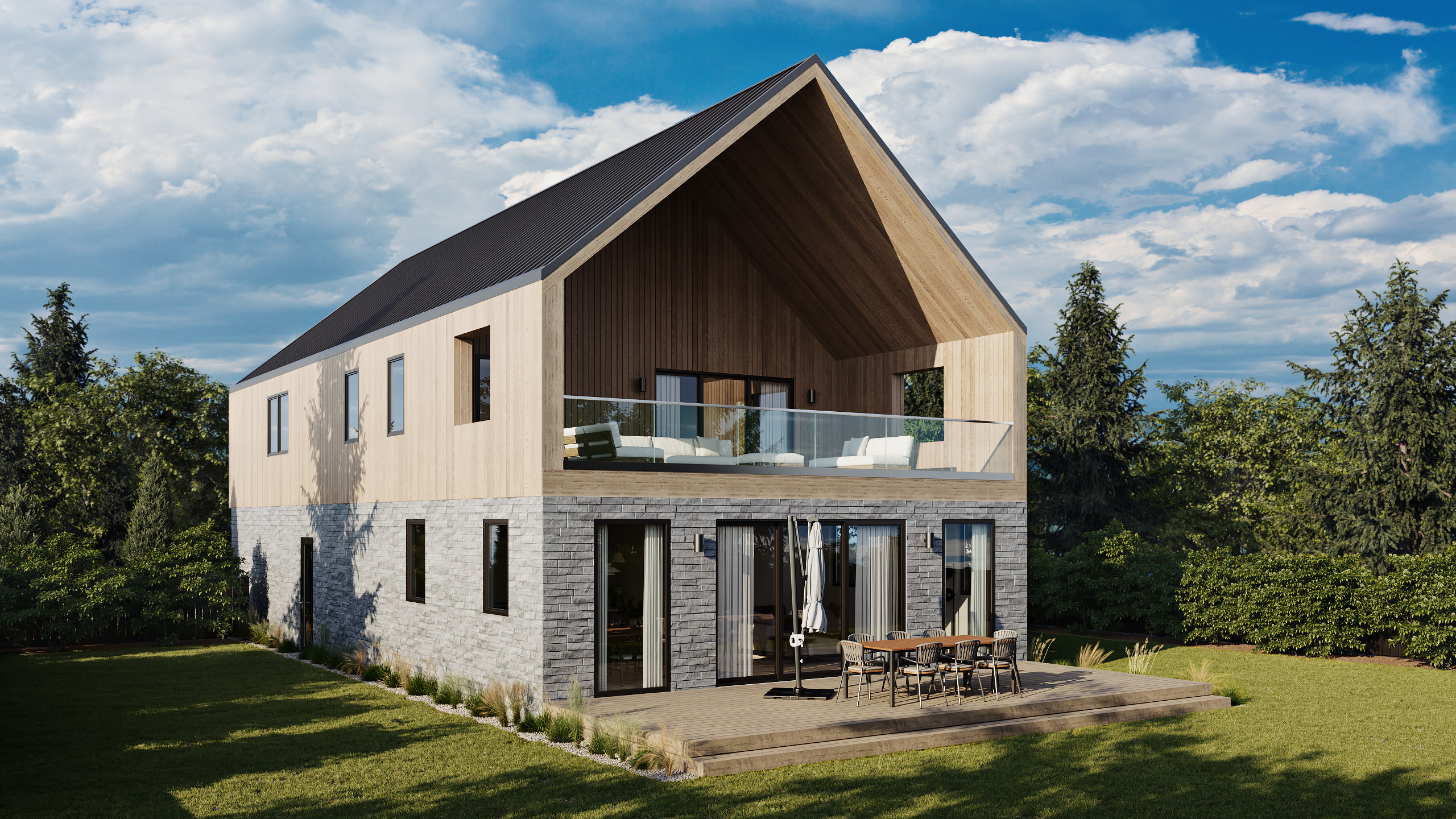Singing solar energy’s praises: the pros (and a couple of cons)

But is it really worth it?
That’s the million-dollar (or rather, 30,000-dollar) question about solar power for homeowners. If you’ve already got the basics down about how solar works, this is likely to be your next dilemma.
So let’s take a look at the bonuses and bummers of home solar energy systems. I’m the type of guy who likes to hear the bad news first, so let’s kick it off with the cons.
With sincere thanks (and apologies) to various songwriting legends for the inspiration.
Solar Energy Cons
Money changes everything
The average cost to install a solar energy system in the U.S. is $20,650 after the 30% federal tax credit, according to EnergySage. Depending on the size of your home and energy usage your costs could range from about $10,000 to $30,000.
In general (and more on this in the pros section), the installation’s upfront costs will be covered by your savings in energy bills, with years of further savings likely during the system’s lifespan. If you don’t have $20k lying around (how many of us do?), a solar loan could help.
Ain’t no sunshine when she’s gone
Solar panels can produce power on cloudy days, but less efficiently, and they can’t produce energy at night. But solar batteries can store excess energy to help mitigate this issue. And even under constant-clouds the best solar panels will still remain cost- and energy-efficient enough to be worth the installation.
If your home is connected to the grid, the excess energy your solar panels produce is sent back to the grid for the utility and others to use. This net metering means you can use electricity from your solar system during the day and electricity from the grid at night or when your system won’t cover your needs. The difference is deducted from your monthly bill, so you only pay for what you end up pulling from the grid.
Should I stay or should I go?
Unfortunately (and with a bit of sad irony) the manufacturing of solar panels creates a considerable amount of greenhouse gas. But the Office of Energy Efficiency & Renewable Energy reports that solar panels pay for themselves in terms of emissions within one to four years of use.
Solar Energy Pros
Here comes the sun
Solar energy is renewable, sustainable, and abundant. Energy.gov reports that every kilowatt-hour (kWh) of solar generated will substantially reduce greenhouse gas emissions as well as water consumption and withdrawal.
Getting better every day
Solar power technology continues to evolve in efficiency, and solar’s increasing popularity has helped lower the initial upfront costs of residential systems, helped along by state incentives and a federal tax credit.
Pennies from heaven
The money you save each month depends on factors like your system’s size and your home’s energy consumption. But the average single-family home can save about $1,500 a year in electricity bills.
I’ve got to break free
Over 70% of the nation’s electricity grid is more than 25 years old. This creaky system is vulnerable to increasingly scary climate change events. You might remember the 2021 winter storms that knocked out power to 4.5 million homes in parts of Texas, some for several days.
A solar-fueled home can function entirely off-grid, especially when backed by a solar battery system to maintain power during non-daylight hours or local outages.
We’re in the money
The National Renewable Energy Laboratory reports that your home value increases by $20 for every $1 saved on energy bills. So, if your solar system saves you $1,500 per year, the value of your home increases by $30,000.
Also, according to a study by the government’s Berkeley Lab, homebuyers are willing to fork over about $15,000 more for a home with existing solar panels.
Soak up the sun
Forbes reports that with an average upfront cost of around $12,000 (after rebates and incentives) for a home solar system, it’ll take the homeowner about eight years to break even.
Since solar panels have a life expectancy of around 25-30 years of peak efficiency, that leaves 17-22 years of nothing but savings. That’s another $25,500 to $30,000 in savings for the life of your system.
Break it to me gently
Bottom line? We’d say the pros of solar energy outweigh the cons. It may take several years, but investing in a solar system can eventually result in major savings on electricity for you, and less stress on our planet.
Cheers,
Mike
Mike McAllister is head of story for Momo Homes.
Track the global transition to sustainable homebuilding.
Subscribe to the Momo Focus newsletter.






